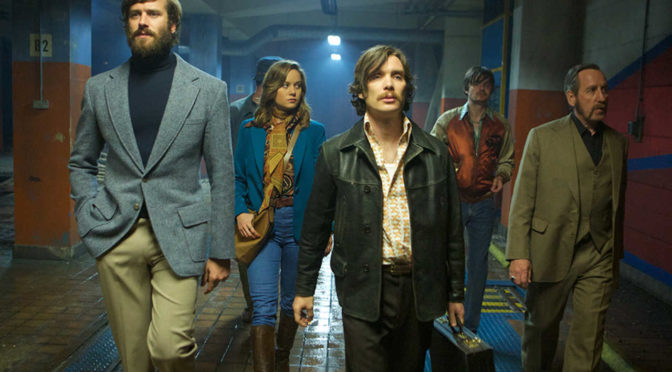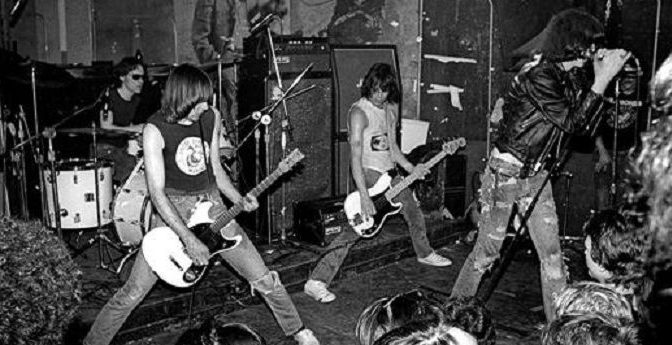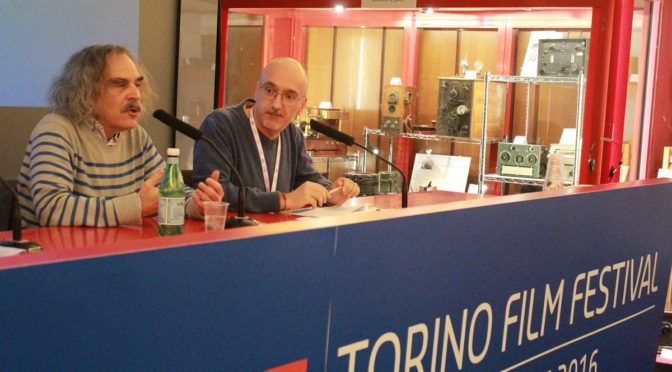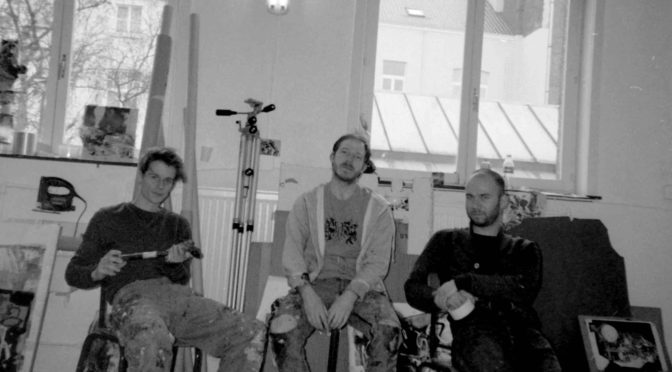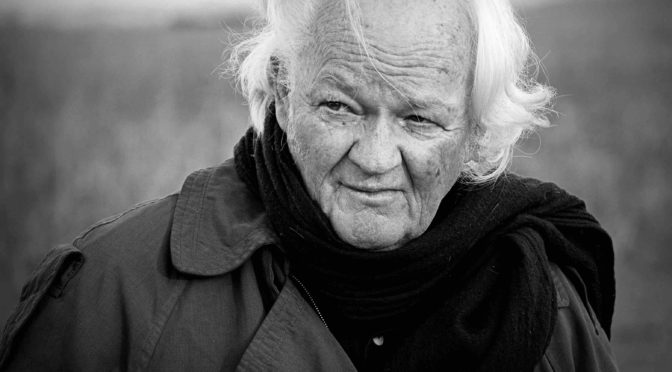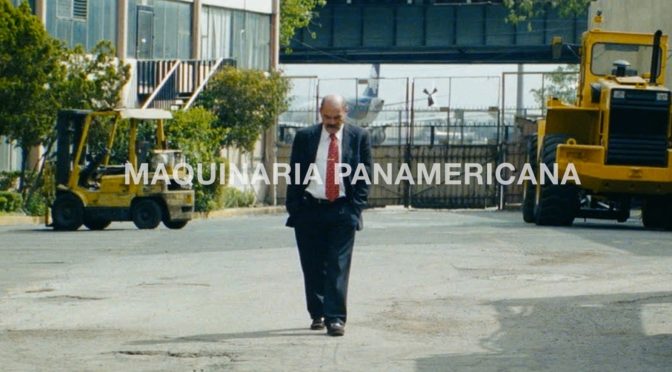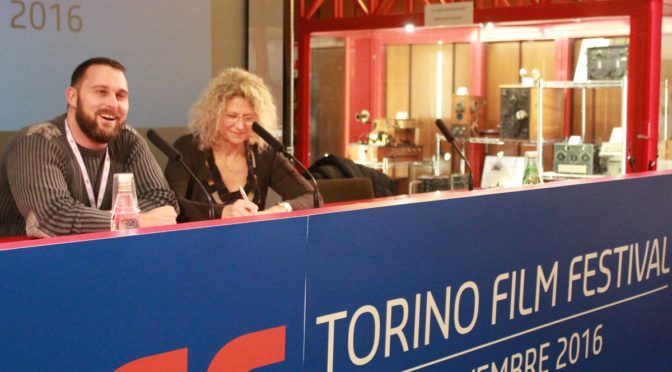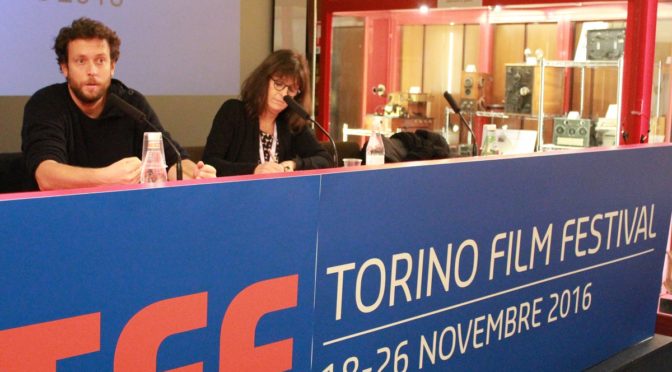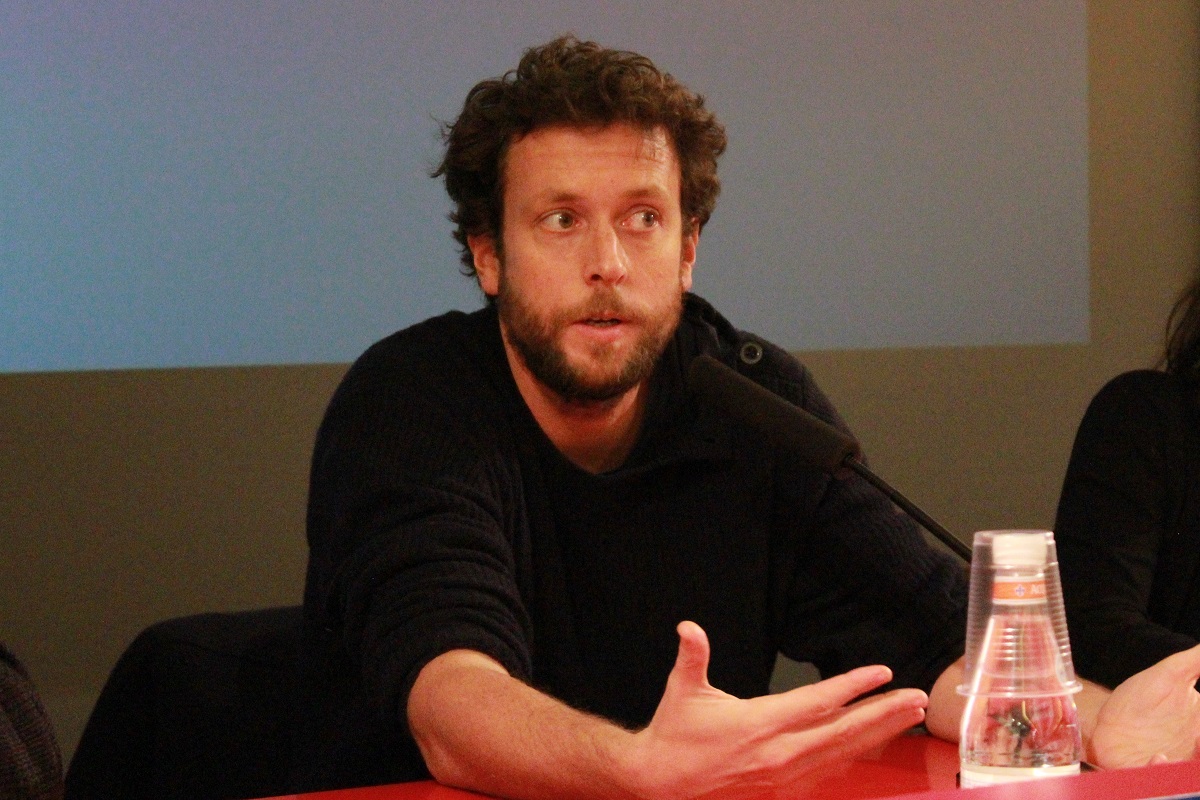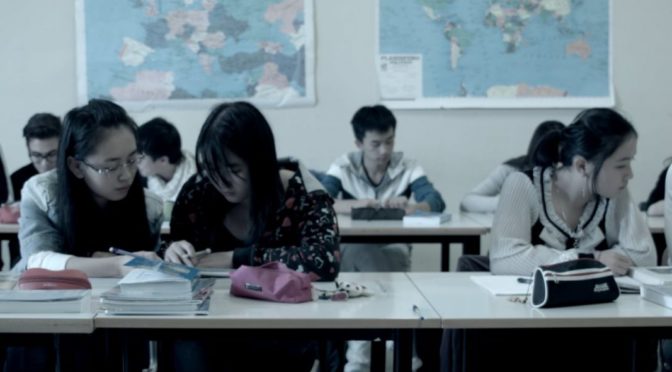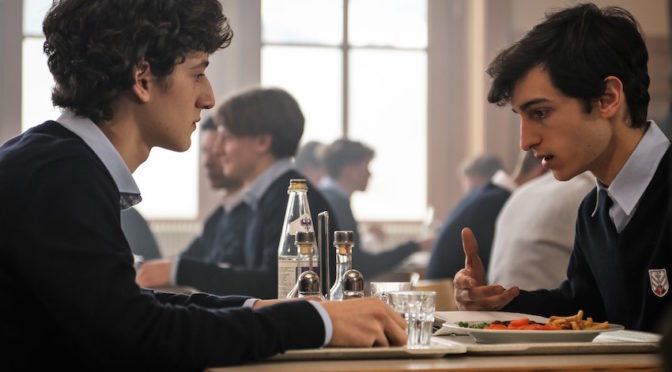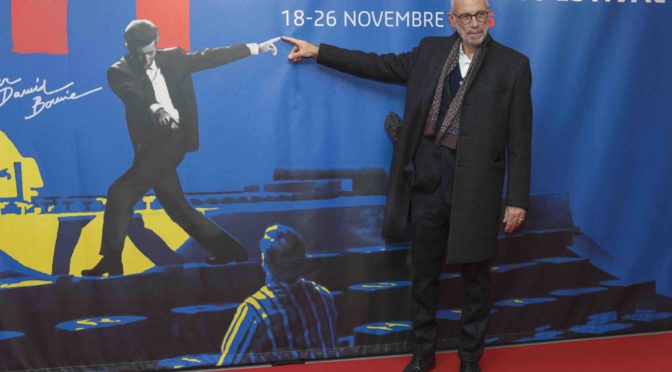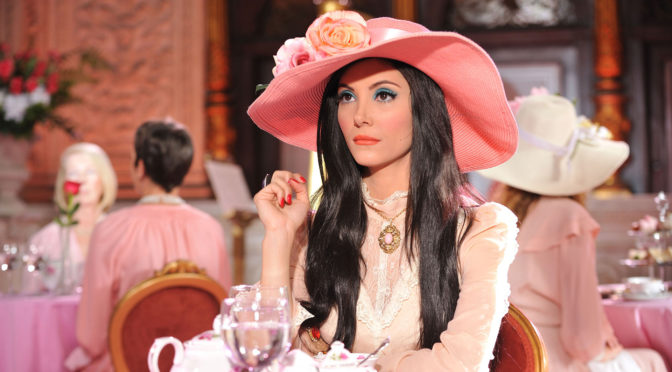Dopo High-Rise, criptico adattamento del romanzo di James G. Ballard proiettato al TFF33, Ben Wheatley torna a Torino con Free Fire, un film in stile tarantiniano che pecca di virtuosismo e tenta spudoratamente di conquistare il pubblico con trovate di grande richiamo. Siamo nel 1970; la vicenda si svolge nell’arco di una sola notte, all’interno di una fabbrica abbandonata nel Massachusetts, dove una strana compagine di improbabili personaggi si riunisce per finalizzare uno scambio d’armi. I dieci trafficanti sono ben divisi in due schieramenti contrapposti, anche se non è difficile intuire che ognuno di loro nasconde qualche interesse privato, rendendo le alleanze fragili e mutevoli. Dopo un preambolo all’esterno della fabbrica, appena le scatole dei fucili vengono consegnate la tensione comincia ad aumentare a dismisura. Basterà pochissimo per far deflagrare un interminabile conflitto a fuoco che costituisce l’ossatura di tutto il film. Il cast stellare (Cillian Murphy, Brie Larson, Michael Smiley, Armie Hammer e Sharlto Copley) è costretto a strisciare, rotolare, urlare, prendere pugni e pallottole a oltranza, bruciare e sanguinare, senza mai abbandonare una leggera patina comica di battute taglienti, scambiate come se le parole fossero, a loro volta, dei colpi di fucile. I molti personaggi sono, letteralmente, duri a morire: come nei cartoni animati, i loro corpi possono subire ogni tipo di violenza, ma non smettono mai di combattere ed insultarsi.
Free Fire, però, punta troppo in alto. Dopo un promettente inizio carico di tensione, dal momento in cui viene sparato il primo colpo il film implode in un accumulo di stereotipi e azioni ripetitive. La comicità e l’intelligenza delle battute, alcune delle quali davvero memorabili, viene sommersa da una pioggia di proiettili vaganti e personaggi voltagabbana che non sanno più da che parte stare. Nei film d’azione, in particolare modo nel sottogenere dello sparatutto, è imprescindibile creare una definita geografia del campo di battaglia, a maggior ragione se la storia si svolge interamente in un capannone industriale. I personaggi hanno le idee confuse sulla generale disposizione di nemici e alleati all’interno della fabbrica (più volte, infatti, vengono colpite le persone sbagliate, con conseguenti insulti e scuse), ma questo non giustifica il grado di confusione che il regista induce nello spettatore. Rappresentare una guerriglia caotica non vuol dire necessariamente mettere lo spettatore nella stessa condizione dei personaggi. Il risultato è che dopo un’ora abbondante di pandemonio a fuoco, non ci sforziamo nemmeno più di capire chi spara e chi è stato colpito, perché non ci viene dato un numero sufficiente di coordinate per provare a farlo.
Nonostante tutte le strizzate d’occhio a Tarantino, Peckinpah e Scorsese (che è produttore esecutivo del film), Free Fire purtroppo non decolla. Rimane bloccato fra le quattro mura della fabbrica in cui confina la sua azione, senza mai ottenere il tanto cercato effetto cult che altri film d’azione sono riusciti ad ottenere senza così tanto sforzo.

